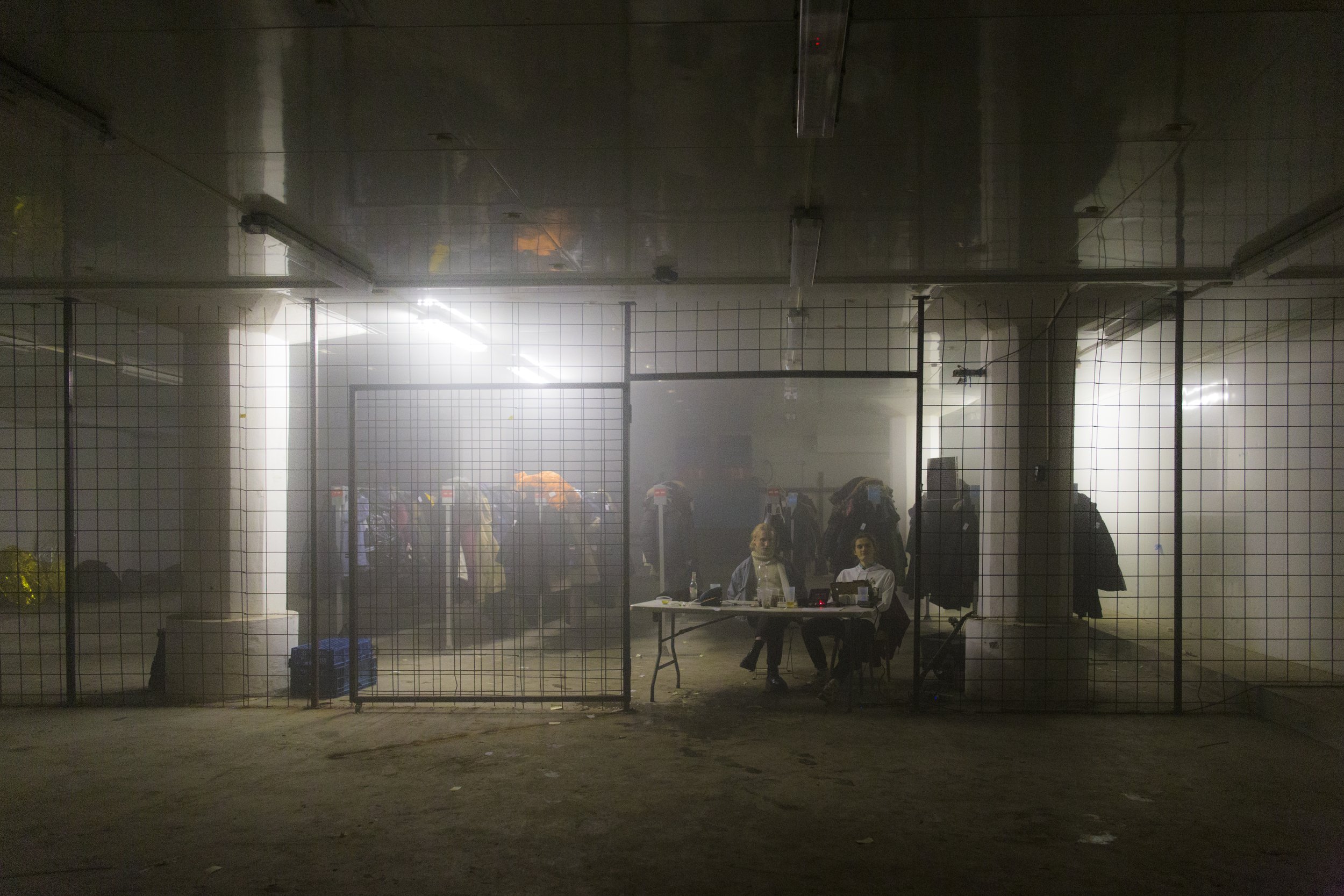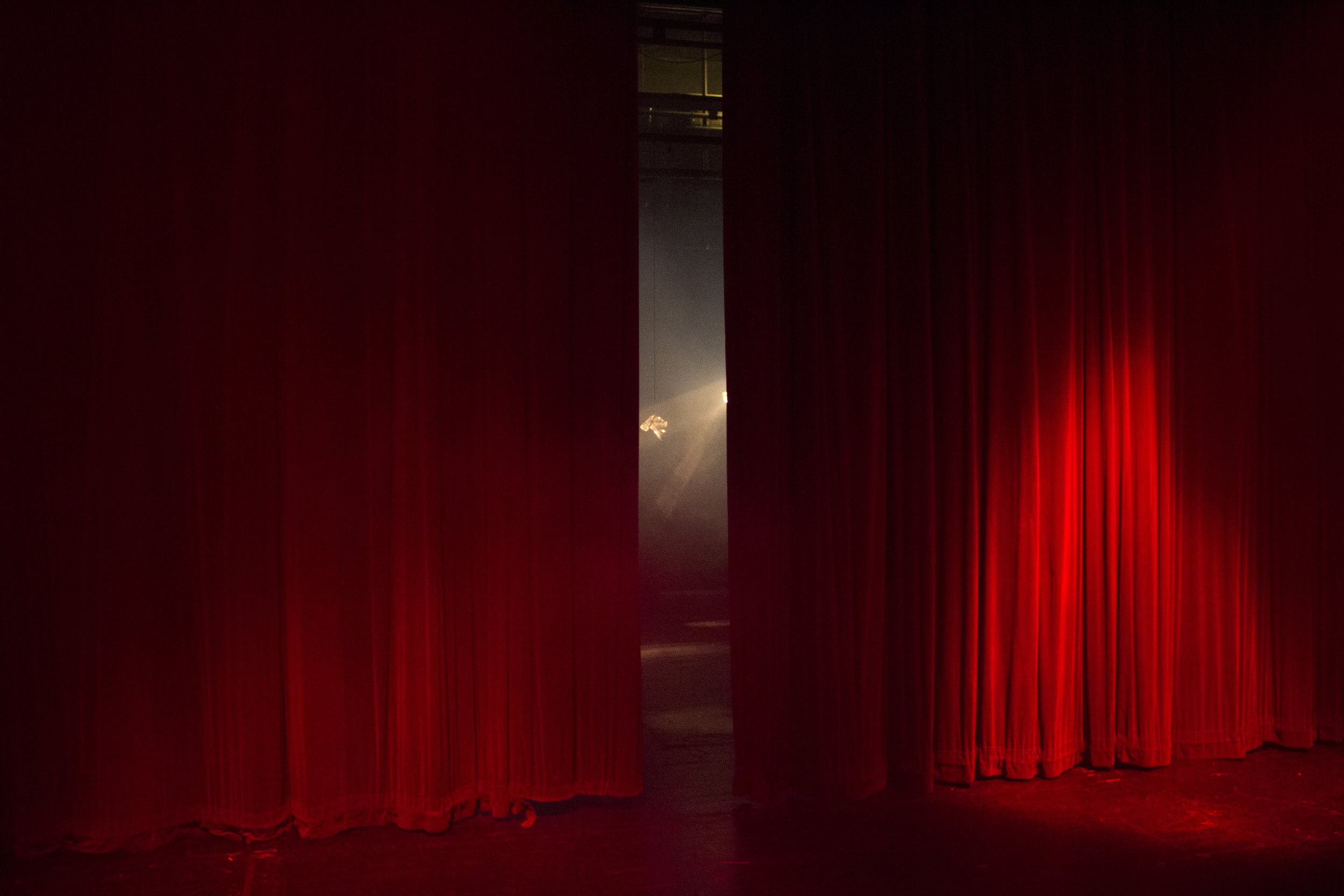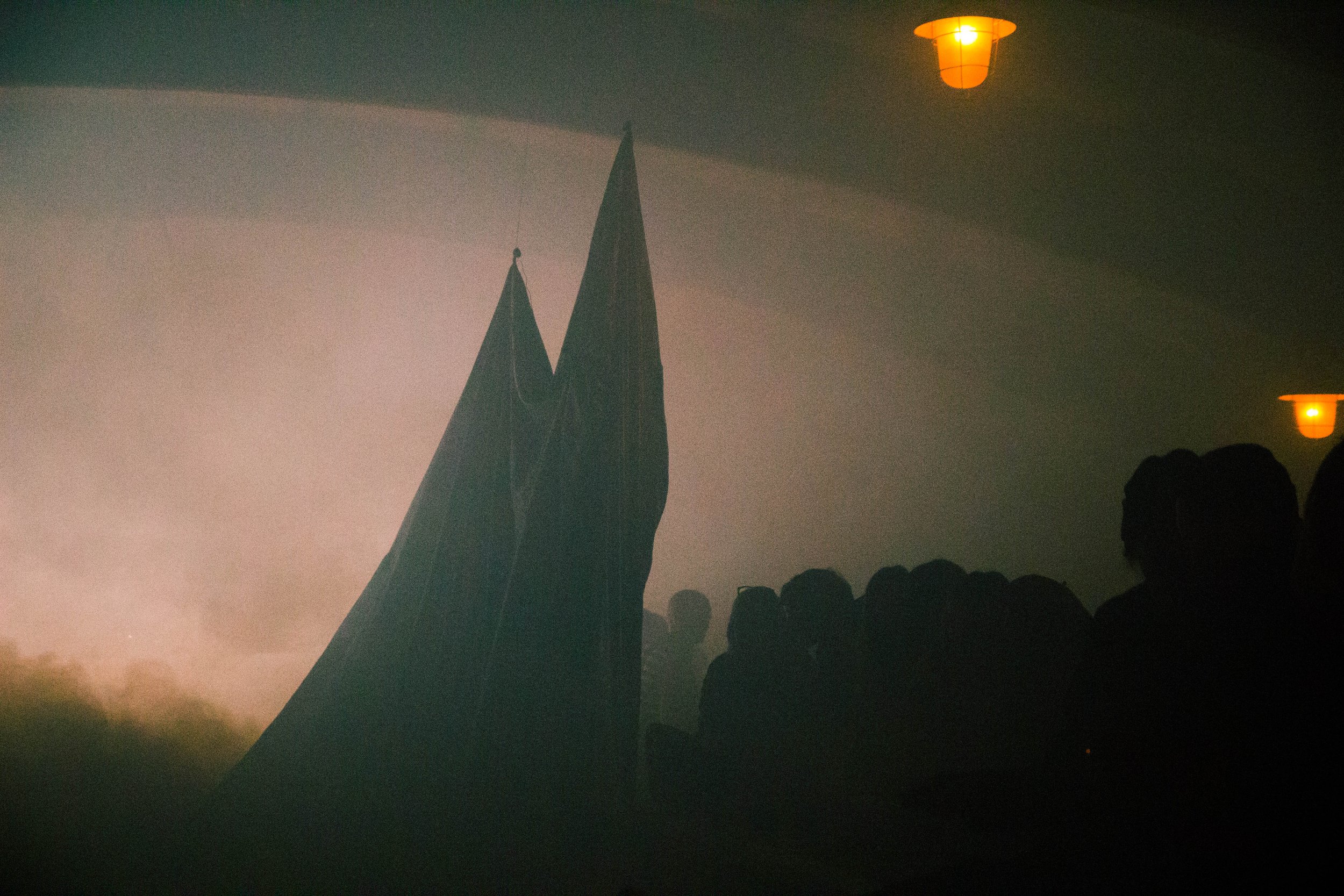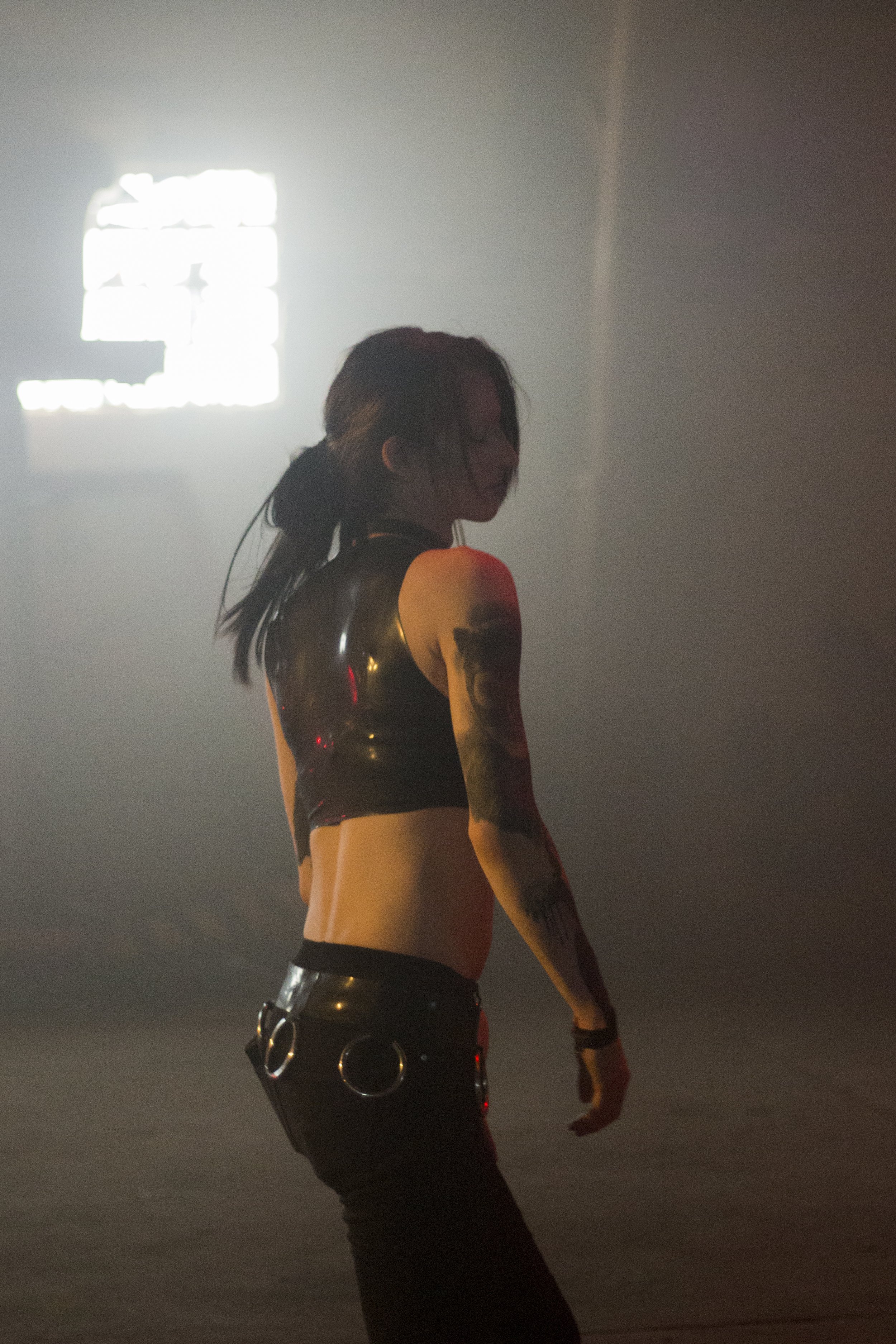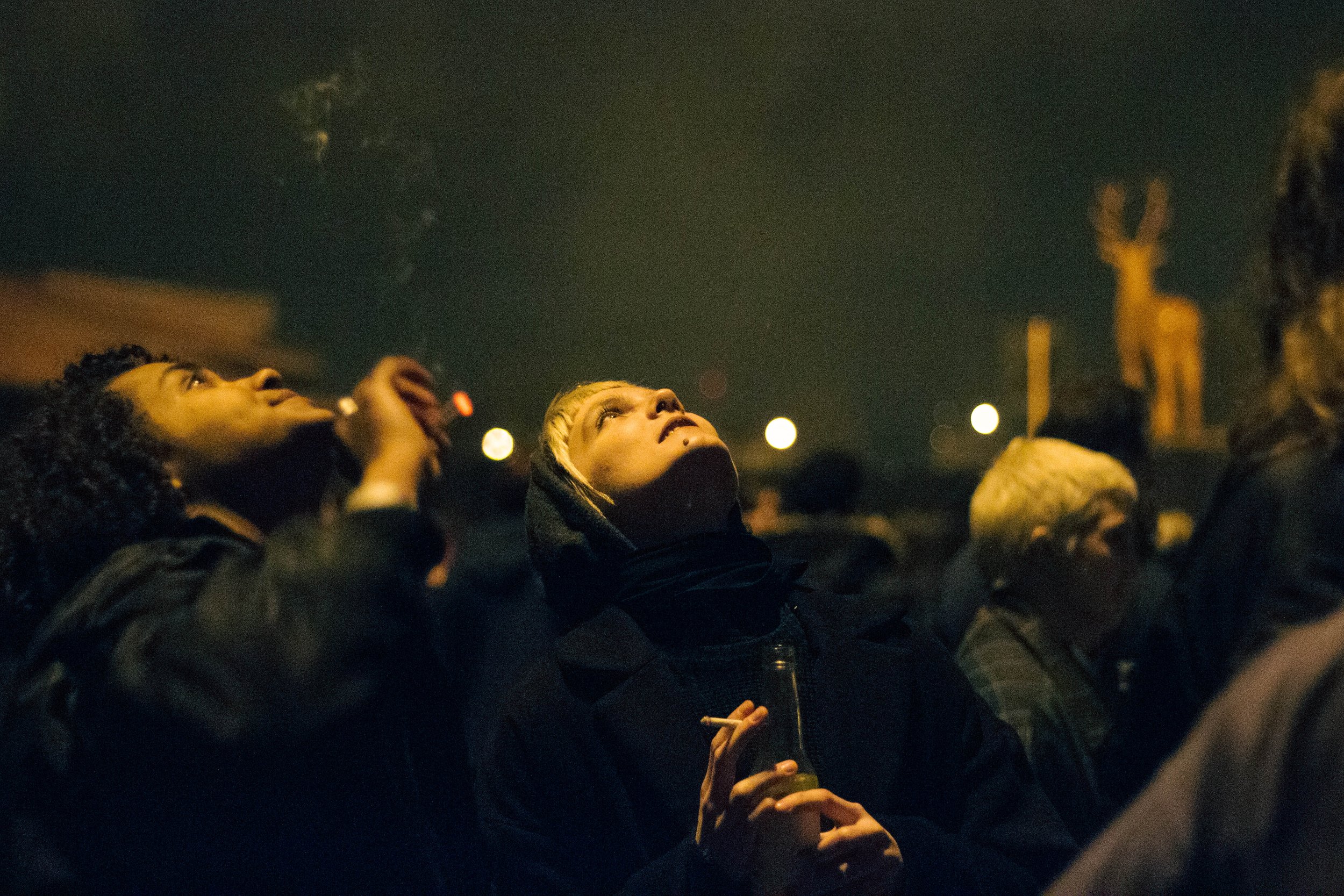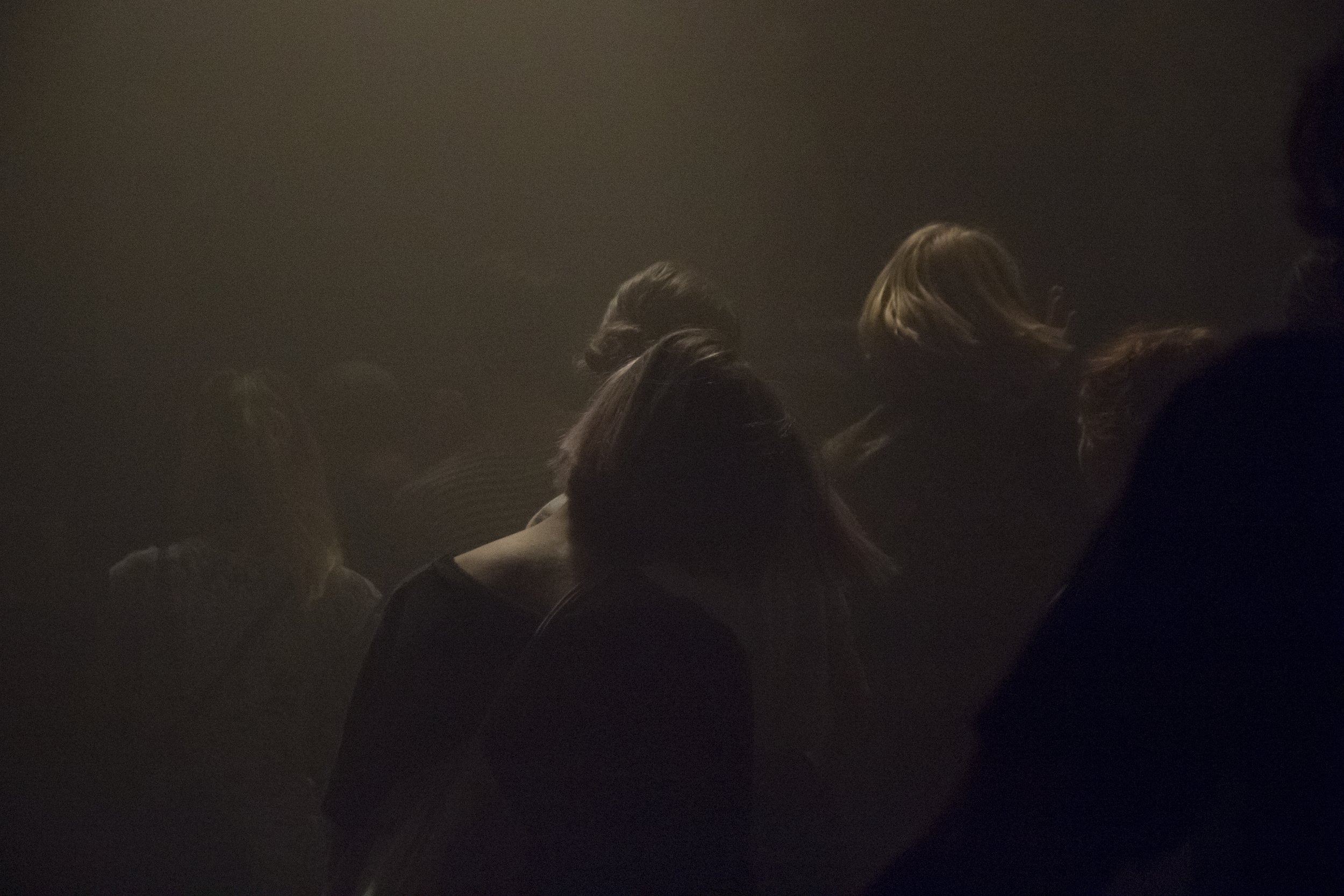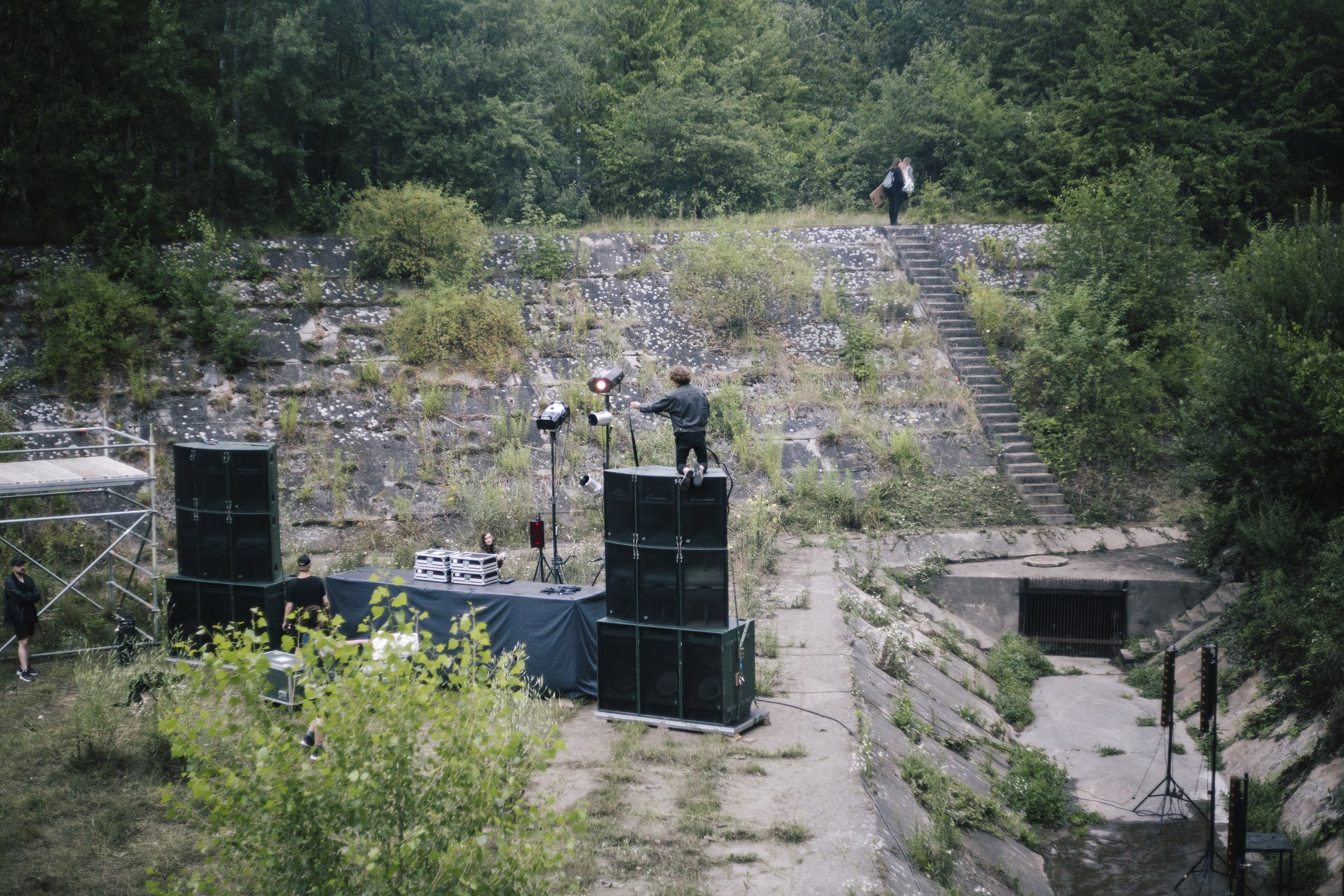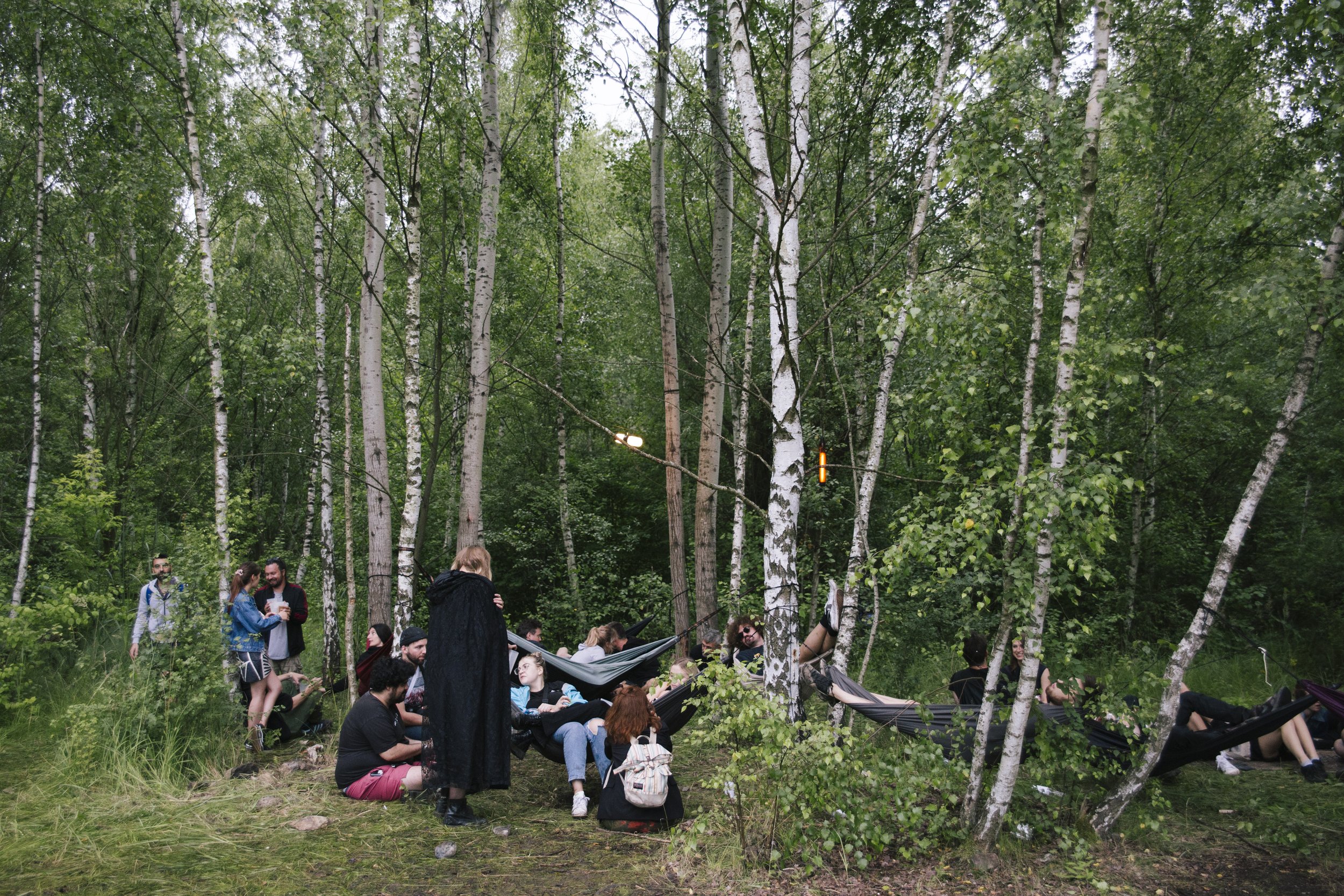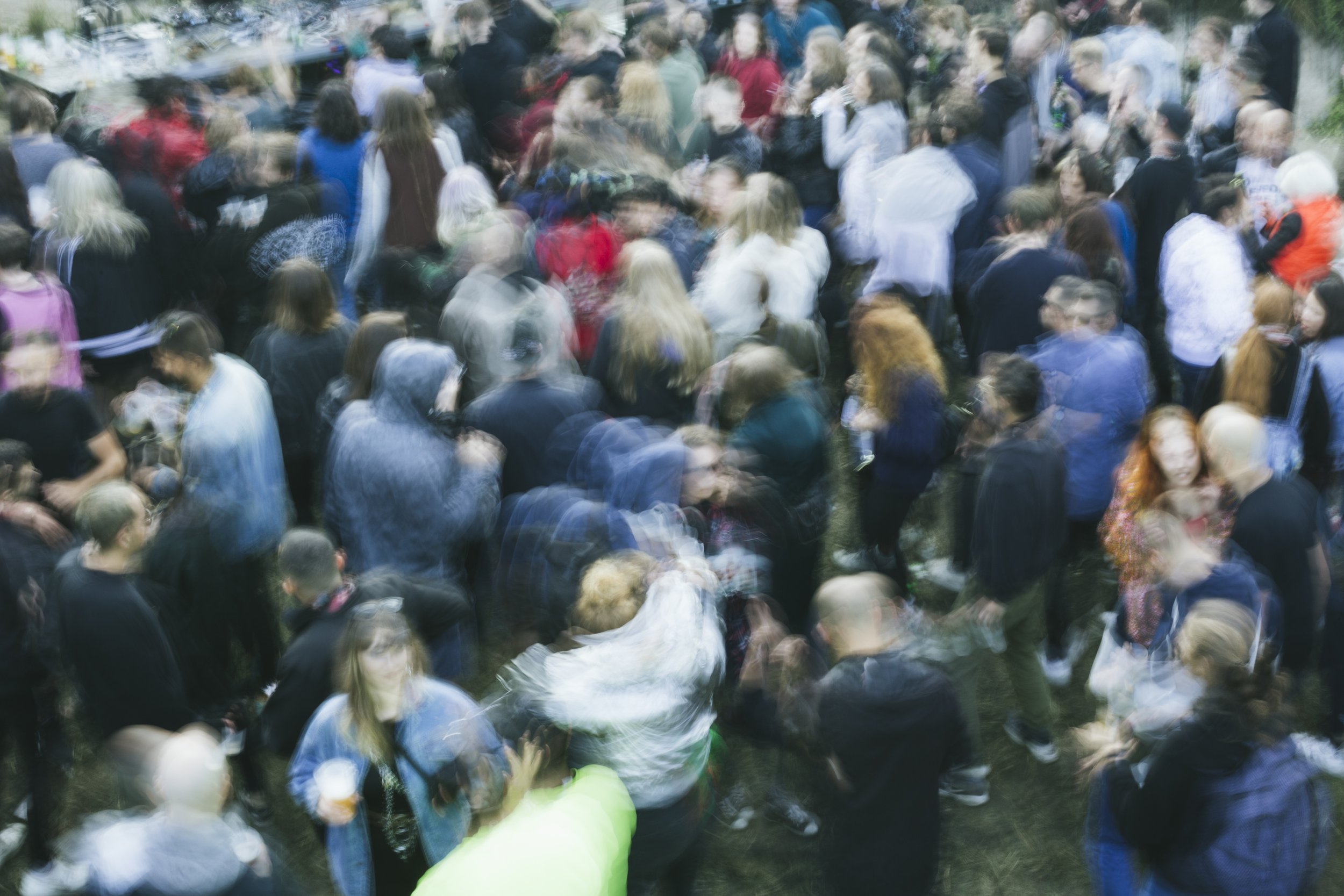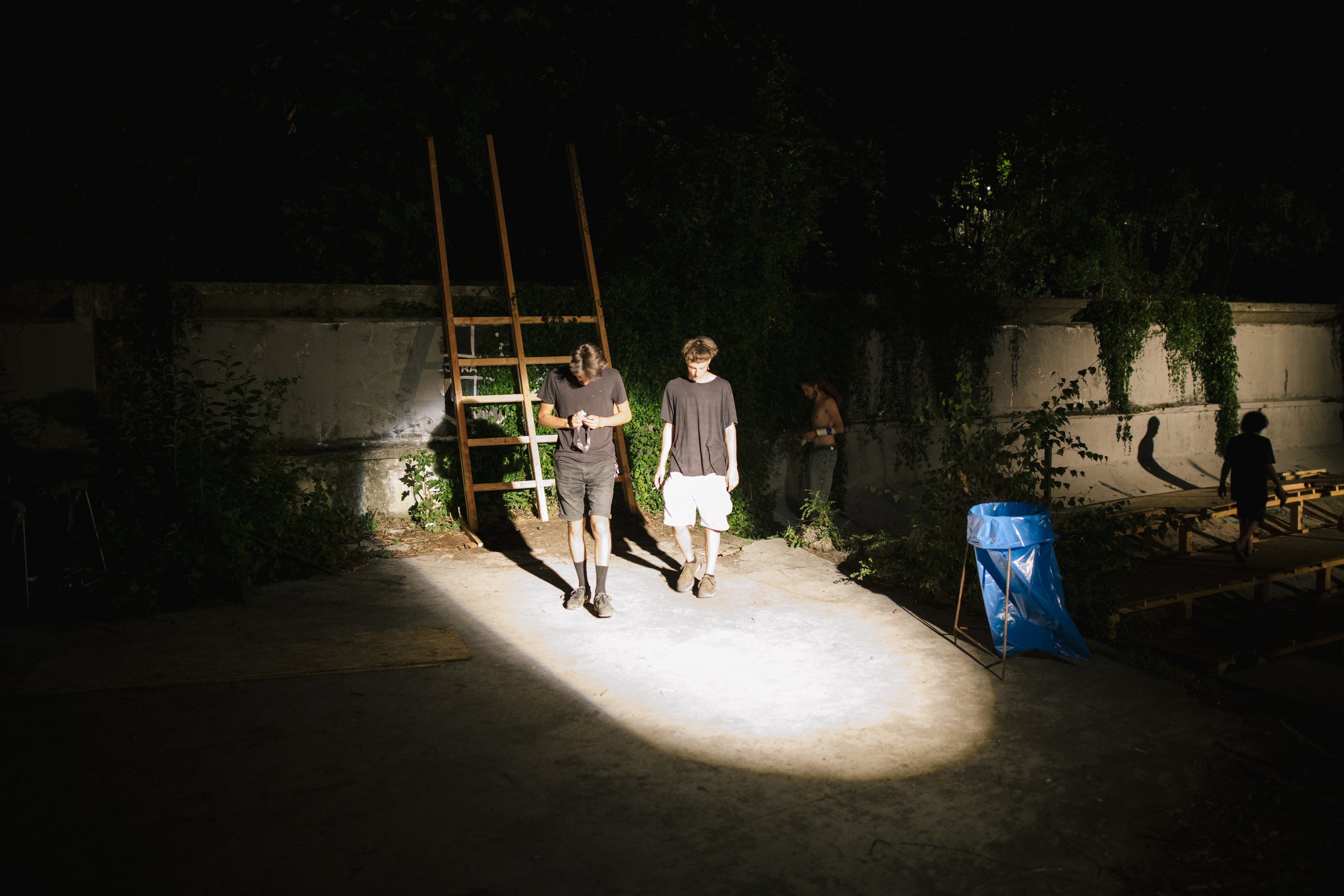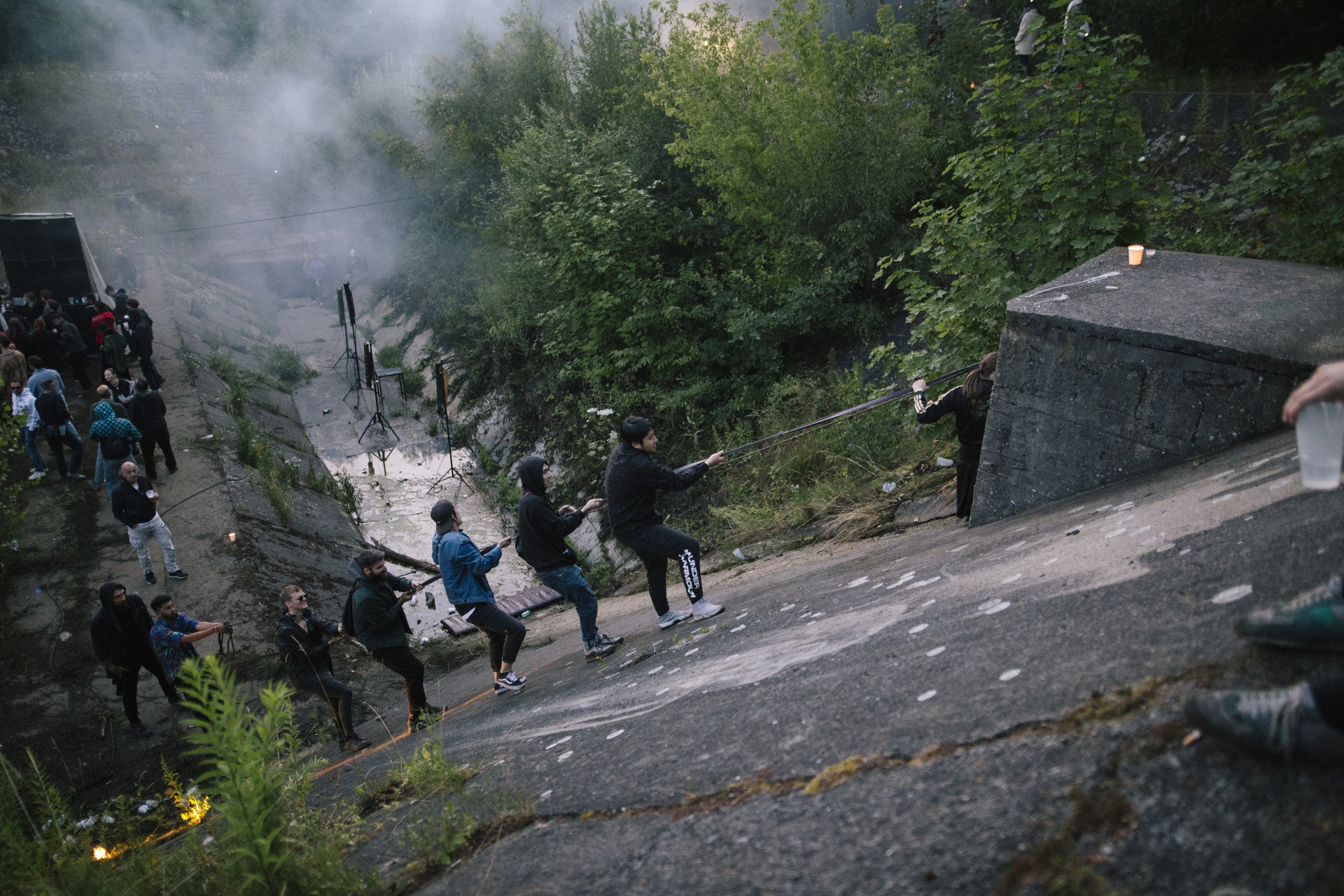Insights into Czech Republic's rave scene.
I had the unique opportunity to interview Karolína Fialová, who is a photographer covering the rave scene in Prague. Sometimes opportunities just fall into your lap, and this interview was certainly one of them. After discussing using her photography for issue 07, I realised Karolina’s story deserved more than just a feature. This is their story.
Who are you? How would you explain yourself to a random person?
I’m a freelance photographer from Prague, Czech Republic, I do a bit of commercial photography and copywriting for a living and then work on personal projects on the side. My first ever introduction to photography was when I took a film developing class while studying Journalism at university. The rave scene in Prague was gaining momentum at the time, and my dissertation supervisor who’s a music journalist mentioned it in our conversation. I didn’t know much about techno or photography at the time, but thought it sounded cool and decided to make it my dissertation topic. I ended up getting more and more involved in the scene and continued documenting it for a few more years after my degree was done.
You were involved heavily in the rave scene for Czech Republic, could you tell me more about your experience documenting the scene onwards from 2015?
I discovered the scene a bit later, in 2017, and joined a collective called CUKR, which was active until last year. They were known for throwing parties at unlikely locations like banks, theatres, an old dining room or a university building in the centre of Prague. They had a bit of a wild reputation and definitely took the most risks out of all. It was not just a party; it was more like a performance. I quickly got invested, the events were incredibly interesting from a photographer’s point of view, but I was there for the thrill as well. At first, I felt a bit out of place, so I would come a few days early and try offering some help with setting up the event while taking photos. I was really shy and never got to know any of these people on a personal level, but still felt like being part of a community, even just for a few days a year.
You say the parties are more on the edge of legality now, with more police presence. How did the community react to this? Did finding a location become harder and harder? did the parties have to be planned so much that the DIY ethos (Do It Yourself) was lost?
Yeah, I’d say the spirit of the 2015 onwards scene has mostly disappeared now, but for a multitude of reasons. The involvement of the police has been quite consistent over the recent years – the events are big enough to attract their attention, but not big enough to prompt a violent intervention, which happened with the 2005 CzechTek festival, a big freetekno event with thousands of participants. It’s not uncommon, though, for organisers to have to find a last-minute location replacement, either because of the police or because of problems with property owners. Often organisers have to deal with the consequences later, like paying fines or having to pay for a lawyer to help get them out of trouble. There are also logistical issues – some of the locations don’t have electricity, water, toilets. So, a lot of events have now moved to more permanent spaces and clubs, which operate legally and have proper infrastructure. Parties are still happening outside of clubs, but in areas with less attention from residents or the police. Some people moved on to do other things, and part of the scene exists in a safer territory.
Where do you see the scene in Czech Republic going?
The electronic music scene in general is very active and it’s evolved beyond repetitive techno beats. A large part of it is not underground anymore, but there’s also more diversity – the music is more eclectic, and more women are part of the scene, even though it’s definitely still male dominated. It’s possible that events will keep concentrating in clubs with the occasional warehouse party or forest rave, but I’m hoping a new generation comes with some bold, radical new ideas.
I’ve met many photographers who do not use flash in their photography, I rarely do too. Do you often feel like flash can spoil the photo?
I think the flash aesthetic created with compact film cameras like Olympus Mju is really popular right now. A photo taken with flash catches your eye immediately, it’s sharp and direct. But it also doesn’t leave much space for imagination. Everything is revealed to you in that photo, and at the same time you lose some context. Flash has it’s place in nightlife photography, but when I started photographing the rave scene, I was trying to blend in and not disturb people immersed in their experience. The collective I was a part of was also quite strict about people’s privacy and asked that I don’t use flash. I took it as a challenge and still feel excited when I enter the rave and have to figure out how to create images in almost complete darkness. At outdoor raves it’s a bit easier because you get light in the mornings, but at night you’re always pushing your camera to its limits and watching out for the odd flashes of light. It’s rewarding when you get a good photo, because instead of simply illuminating the subject with flash, you have to find a way how to capture it in the conditions that are available to you.
Thank you, Karolina! You can find more about them and their work here.
